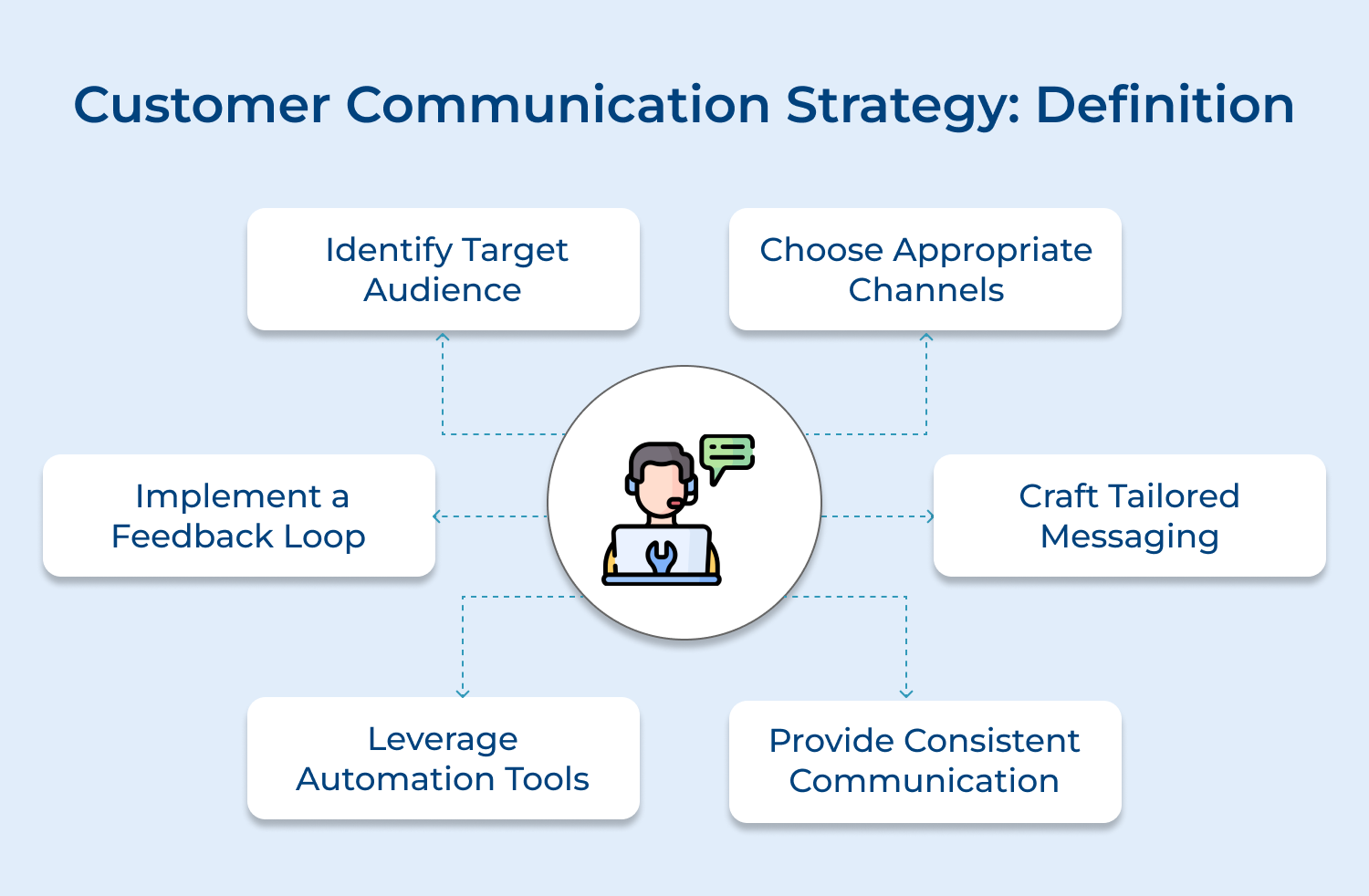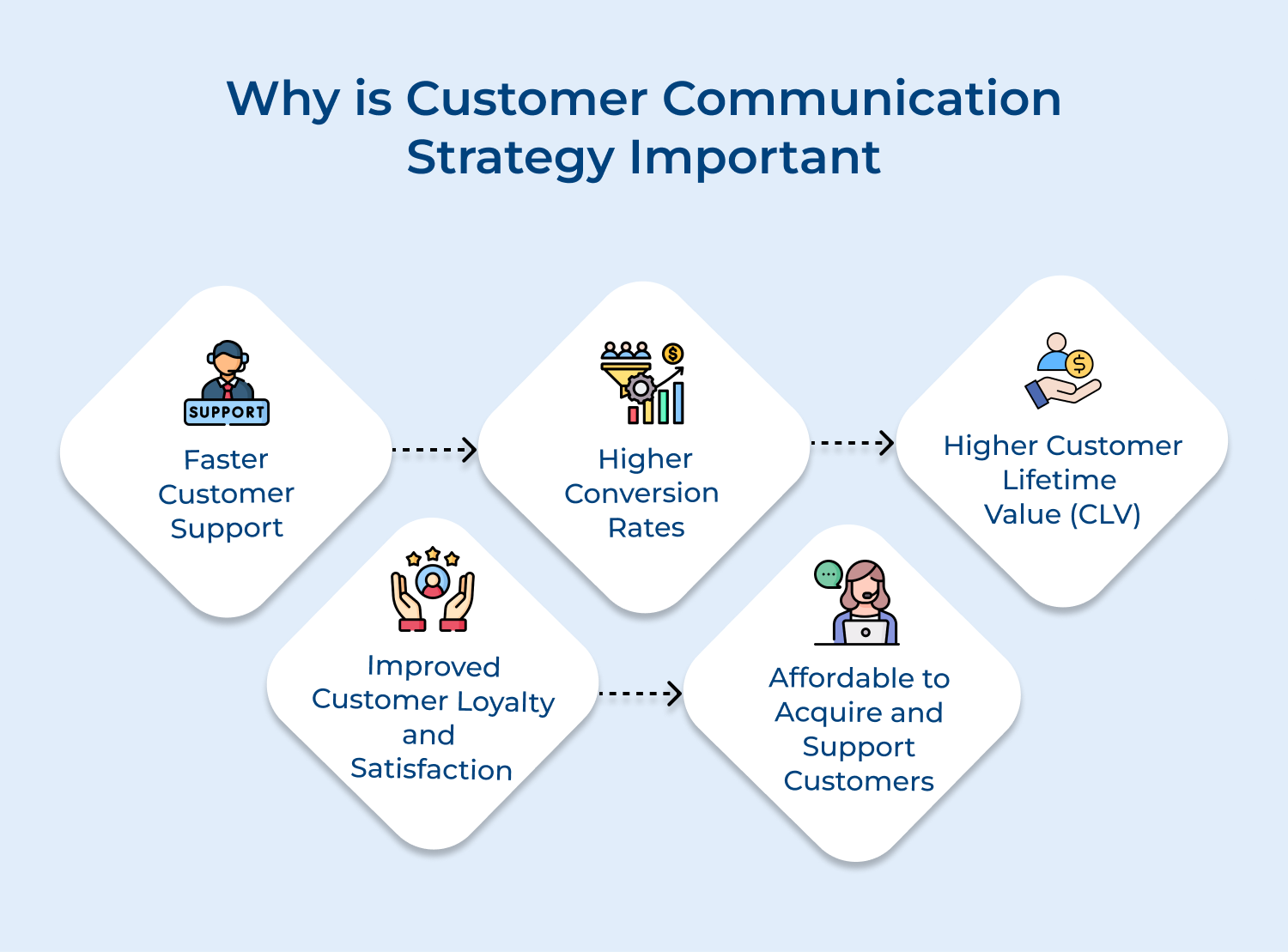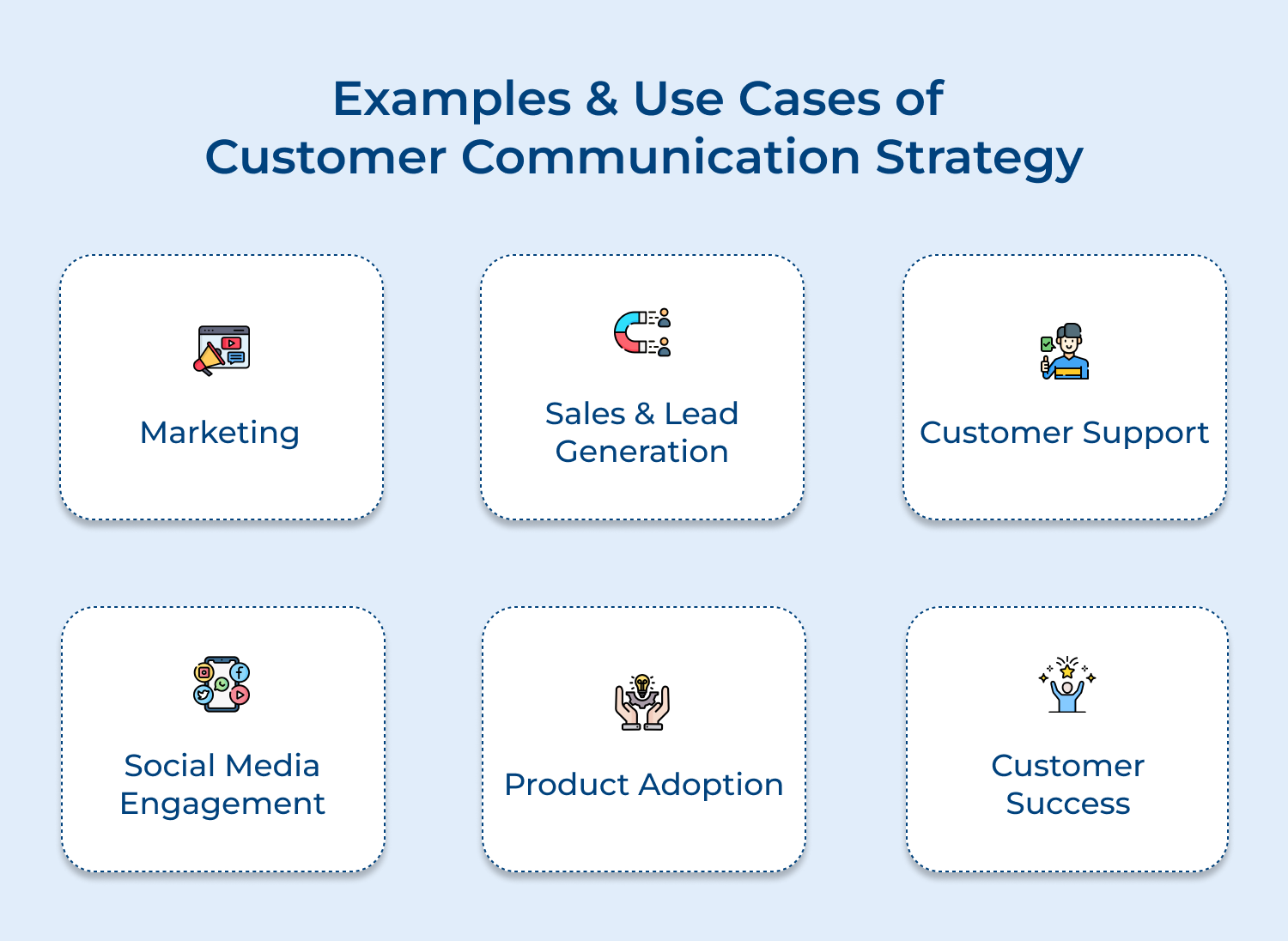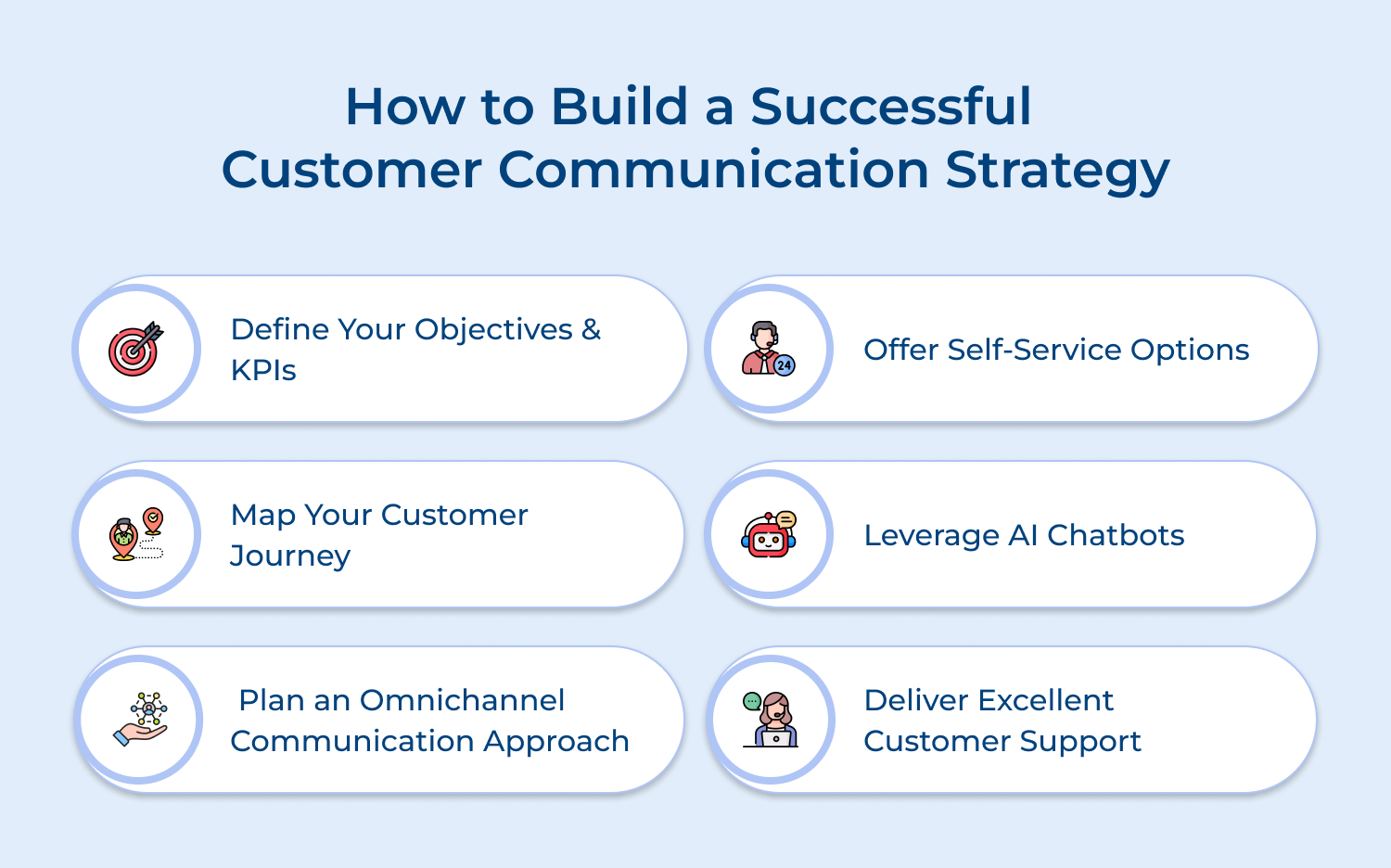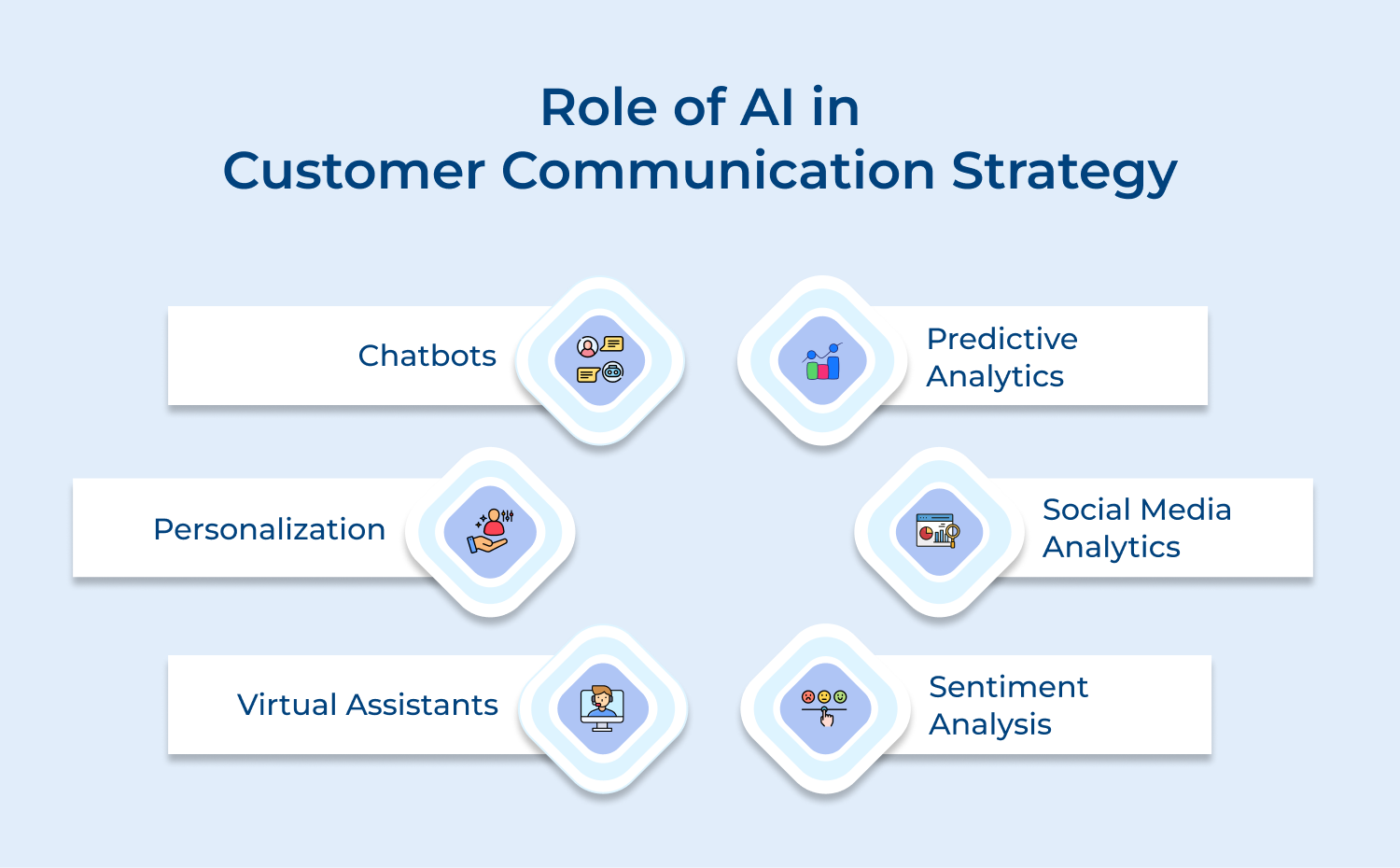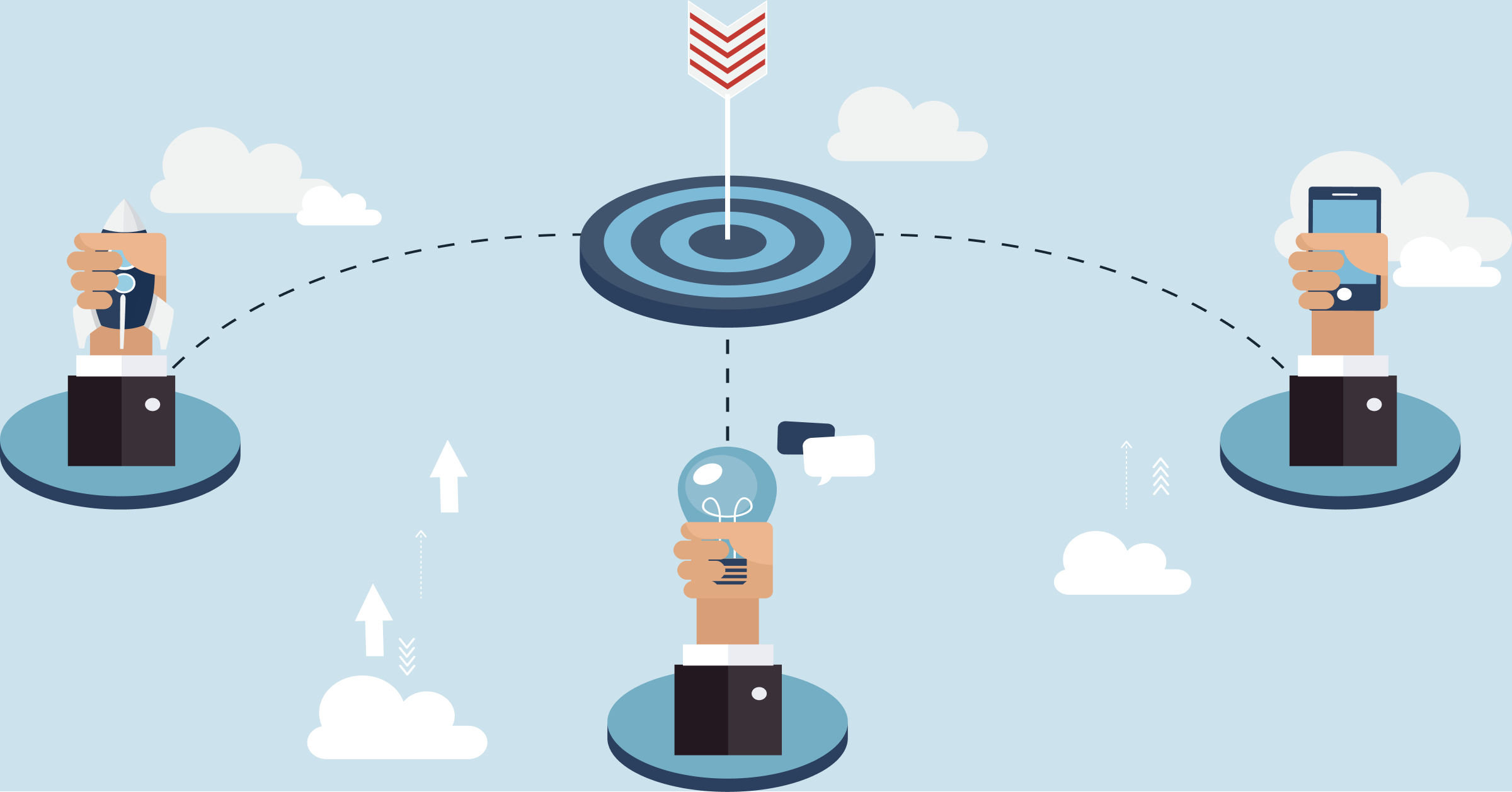1. Chatbots
AI-powered chatbots have become increasingly popular in customer service. Bots can handle basic customer inquiries, provide instant responses, and initiate proactive conversations. They improve efficiency and free up human agents to focus on more complex customer issues by automating routine tasks.
2. Personalization
AI and automation enable businesses to personalize customer communication on a large scale. AI algorithms can segment customers based on their preferences, allowing businesses to deliver tailored messages and offers by analyzing vast amounts of customer data.
3. Virtual Assistants
Virtual assistants such as Amazon’s Alexa or Apple’s Siri, use natural language processing and AI algorithms to provide customers with personalized assistance. These virtual assistants can answer questions, make recommendations, and even complete tasks on behalf of the customer.
4. Predictive Analytics
Automation enables businesses to leverage predictive analytics to anticipate customer needs and preferences. Businesses can proactively reach out to customers with relevant information or offers by analyzing past behavior and interactions.
5. Social Media Monitoring
AI-powered tools can monitor social media platforms, scanning for keywords and sentiment analysis. It allows businesses to quickly identify and respond to customer feedback, whether positive or negative, ensuring timely and effective communication.
6. Sentiment Analysis
Leveraging AI helps to analyze vast amounts of customer data to uncover valuable insights. Through sentiment analysis, businesses can understand customer behavior and preferences, to predict future trends better.
4 Example of Business that Follows Best Customer Communication Strategy
Companies that prioritize clear and efficient communication with their customers can create a positive brand image and improve customer satisfaction.
Explore four examples that have excelled in developing the best customer communication strategies.
1. Apple
Apple is widely recognized for its exceptional customer service. The tech giant provides multiple channels for customer communication, including 24/7 phone support, live chat, email support, and an extensive knowledge base.
Apple’s customer service representatives are well-trained, ensuring prompt and accurate responses to inquiries. Such dedication to customer communication has undoubtedly contributed to Apple’s loyal customer base.
Let’s discuss three best practices chosen by Apple to build a best-in-class customer communication strategy:
1. Personalization and segmentation: Apple has implemented segmentation strategies to create targeted communication tailored to specific customer groups.
2. Consistent brand voice and tone: Apple is maintaining a consistent brand voice and tone across all communication channels. Apple has built a strong brand image and they must maintain this consistency in their customer communication.
3. Omni-channel approach: Apple has implemented an omni-channel approach to its customer communication strategy to ensure an integrated customer experience. It allows customers to engage with Apple at their preferred channels without any interruption, leading to a more holistic experience.
2. Zappos
Zappos, the renowned online shoe and clothing retailer, is known for its exceptional customer service. The company emphasizes building strong relationships with customers through personalized communication.
Zappos’ call center reps are encouraged to spend as much time as needed to resolve customer queries, resulting in high customer satisfaction levels. Their active presence on social media platforms enables them to engage with customers in real-time and respond promptly to any issues or inquiries.
When it comes to building a successful customer communication strategy, Zappos has proven itself to be a leader in the industry. Known for its exceptional customer service, the online retailer has developed a set of best practices that other businesses can learn from.
Let’s explore the top three strategies chosen by Zappos to build a “best customer communication strategy.”
1. Emphasize a customer-centric approach: Zappos understands that the key to building strong customer relationships lies in prioritizing their needs and preferences. Their customer-centric approach shines through in every interaction, whether it’s through their website, social media channels, or customer support. Zappos goes above and beyond by empowering employees to make decisions that benefit the customer, even if it means going against traditional policies.
2. Provide Seamless Omni-Channel Communication: Another best practice that Zappos embraces is the use of omni-channel communication to provide a seamless experience for customers. This approach allows customers to switch between platforms without repeating information, providing them with a hassle-free experience.
3. Cultivate a genuine and engaging tone: Zappos understands that effective communication goes beyond simply providing information. To achieve this, Zappos cultivates a genuine tone in their communication. They use language that is relatable, friendly, and conversational, making customers feel valued.
3. Amazon
Amazon, the world’s largest online retailer, offers various communication channels to enhance the customer experience. Their customer service team is available 24/7 and can be reached via phone, email, or live chat. Amazon has also implemented an advanced tracking system that keeps customers informed about their orders, providing real-time updates on shipping and delivery.
Amazon’s customer reviews and ratings system allows potential buyers to communicate with previous customers, fostering a transparent buying experience.
1. Personalization is key: Amazon understands the power of personalization and tailors its communication to individual customers. They use customer data to recommend personalized products and send relevant promotional emails.
2. Seamless multi channel communication: Amazon ensures seamless communication by being accessible across various platforms such as email, phone, web chat, and social media. Customers can easily reach out to Amazon with their queries or concerns through their preferred channel.
3. Proactive communication and transparency: Amazon excels in proactive communication by providing customers with timely updates and order information. Through delivery notifications, order confirmations, and tracking links, Amazon keeps customers informed every step of the way. The proactive approach builds customer trust.
4. HubSpot
HubSpot, a leading provider of inbound marketing and sales software, places great emphasis on customer communication. They offer a comprehensive customer support platform that includes live chat, email, and phone support to ensure timely assistance.
HubSpot’s focus on education and training is also evident through its extensive library of resources, including blog articles, webinars, and certifications. These tools help their customers optimize their use of the software and foster a strong community of HubSpot users.
HubSpot has identified three best practices to create a “best customer communication strategy.”
1. Automation and workflow: Automation allows businesses to streamline their processes, save time, and deliver timely messages to their customers. HubSpot recommends automating repetitive tasks, such as email follow-ups or order confirmations, to free up your team’s time and ensure consistent communication
2. Embrace omni channel communication: Omnichannel means integrating and synchronizing communication across various touchpoints, such as email, social media, live chat, mobile apps, and more. HubSpot emphasizes the importance of integrating different communication channels and utilizing automation tools to deliver personalized messages across these channels.
3. Listen and engage in two-way communication: Building a strong customer communication strategy involves not only delivering messages but also listening and engaging in two-way communication with customers. HubSpot recommends actively monitoring social media platforms, review websites, and customer support channels to capture customer feedback.
How Customer Service Communication Strategy Makes A Difference
A robust customer service communication strategy transforms casual interactions into meaningful relationships. By prioritizing accessibility, consistency, and personalization across all channels, organizations not only resolve immediate concerns but cultivate lasting loyalty. Research consistently demonstrates that companies excelling in communication experience 33% higher customer retention rates and significantly increased lifetime value.
Furthermore, an effective strategy serves as a competitive differentiator in today’s crowded marketplace. When customers feel genuinely heard and valued through thoughtful communication practices, they become advocates who amplify positive experiences through word-of-mouth and online reviews. This organic promotion generates trust that paid advertising simply cannot replicate, creating a virtuous cycle of growth and customer satisfaction.

